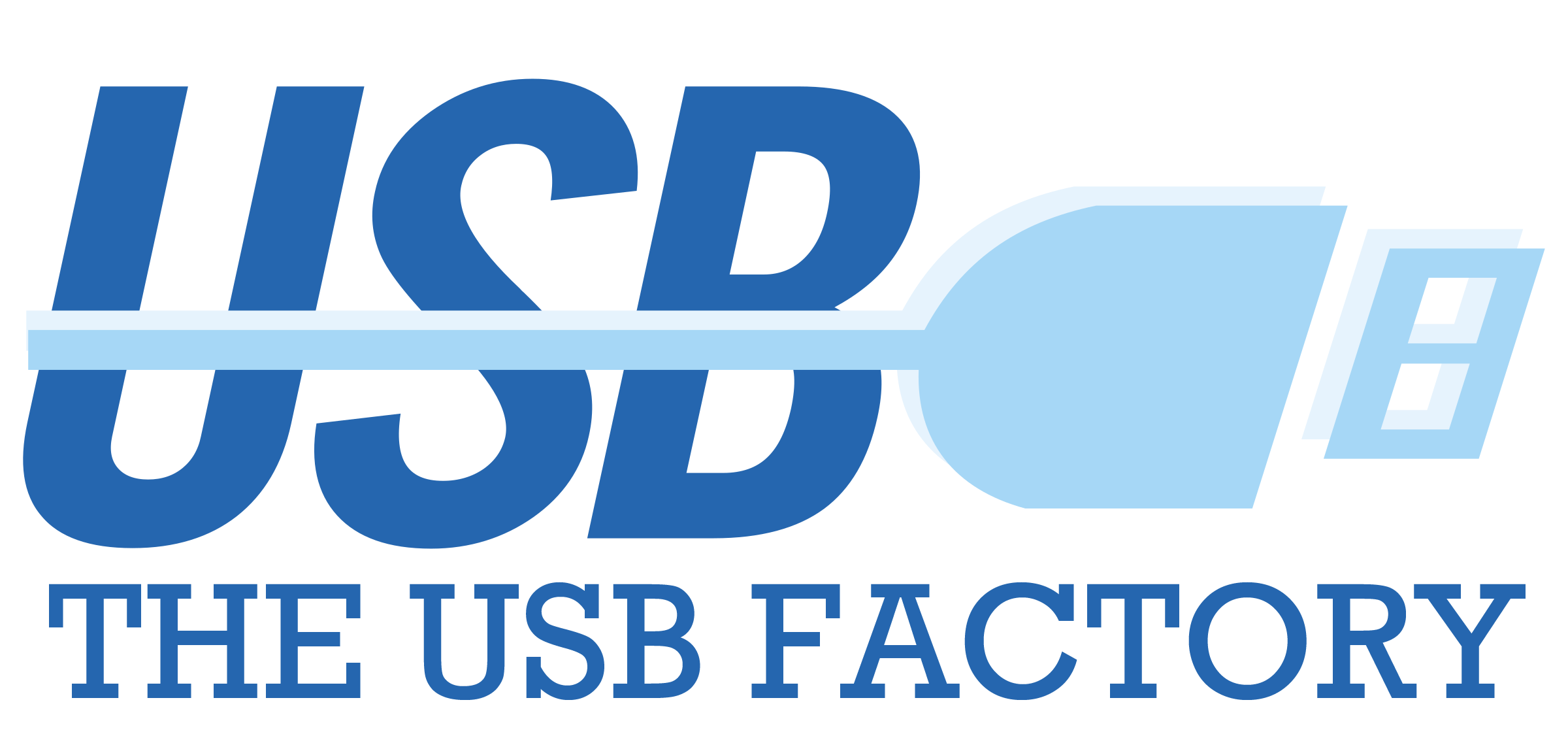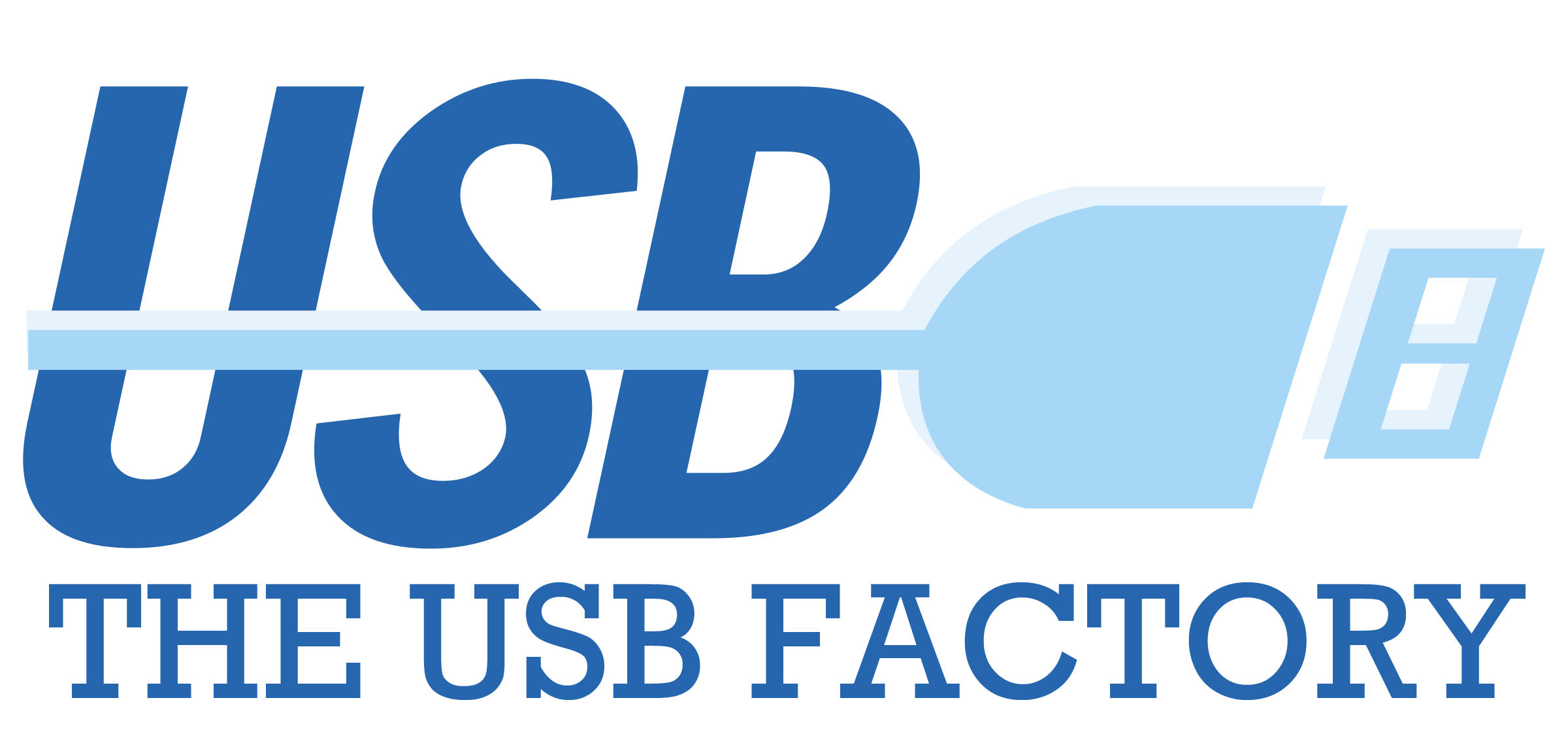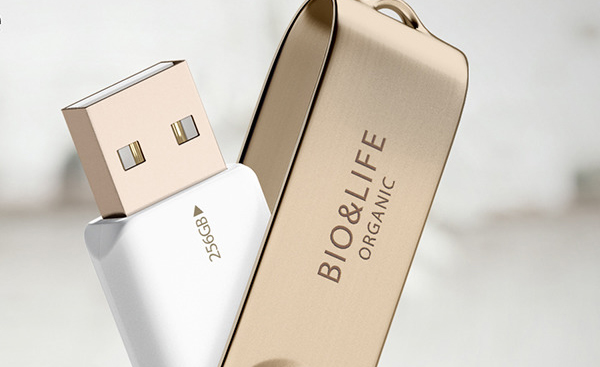Control Quality In Our China Factory of USB Flash Drives
Frequently, our customers ask us about the quality controls that our pen drives pass, and about the guarantee that we offer for their operation. The origin of our components sometimes casts doubt on their effective response, influenced by the association of Asian production with low quality standards.
And we must begin by recognizing that, indeed, our components are made in Asia, mainly Hong Kong and Taiwan. Like those of all USB flash drives marketed around the world. The manufacture of the components (essentially NAND flash memory board and mass storage controller) will always be Asian. Whoever promises otherwise should prove it to them.
Now, is this synonymous with low quality? Absolutely. As in all markets, in this one the customer has a range of qualities at his disposal. And yes, there are “downgrade” units, which due to manufacturing defects do not meet the required standards, generally with low transfer rates (reduced data reading and writing speeds) or less than nominal memory capacities (manipulated by software so that equipment displays erroneous data).
The USB Factory sells only Grade-A pen drives, with a lifetime replacement guarantee against manufacturing faults. Our commitment to offering customers the most varied range of cheap personalized USB flash drives on the market is based on our real-time pricing policy and production without intermediaries (in our own printing, marking and assembly workshops), without the application of margins that cover unexpected rises in costs, motivated by the continuous price fluctuation of our components.

The verification of the quality of USB pen drives is therefore based on two fundamental factors: verification of the transfer rate and the effective memory capacity. Here are a couple of easy-to-apply tutorials that allow you to verify both parameters.
USB FLASH DRIVE TRANSFER RATE VERIFICATION CHINA FACTORY
The data transfer rate in a USB memory is the data transmission speed is always checked in our USB Flash Drive Factory in China and is usually differentiated for the reading and writing process.
This transfer rate depends on multiple factors:
the computer, its memory and processor components, as well as the configuration of the operating system the version of the USB standard, both of the flash drive itself and of the connection ports. Thus, USB 3.0 offers theoretical transfer rates of up to 5 Gbits/s, while this parameter is only 480 Mbits/s for USB 2.0. the USB stick itself and its file system (we recommend reading our post on formatting USB sticks) the nature of the data, its volume and distribution of files (the values will be very different for a small number of very large files than for a large number of low-weight files, even though the total data count is the same).
For checking the read/write transfer speed of USB sticks, we recommend CrystalDiskMark. It has a simple interface, in which we must first choose the unit to check, which will be available in the drop-down menu in the upper right corner.
The drop-down menus on the left allow you to choose the volume of data and the number of attempts for the test. As indicated, the volume of data will be an important factor in the results obtained.
The buttons highlighted in green, on the left, respond to the work operation: sequential read and write operations, as they are normally done (SEQ); random operations in blocks of 512 KB, or blocks of 4 KB, with the possibility of performing all the tests offered (ALL).
CHECKING THE MEMORY CAPACITY OF USB FLASH DRIVES
Today, the information that our equipment offers us about the memory capacity of any external storage device is easily manipulated through software. Thus, “fake” USB flash drives with very low available capacities can be identified by any PC as having nominal GB of memory. The surprise will come later, when it comes to using them. In this case, H2testw will allow you to check the integrity of the memory, and if necessary, the existence of bad sectors, without the need for installation (portable application).

The process used by the application is also based on writing/reading data, and in fact allows us to choose between carrying out the read-only test (Verify), or the read and write test (Write+Verify), the latter allowing us to identify sectors faulty memory.
At the end of the test, it will show the total available memory capacity data, as well as the time used in both processes (reading and writing), which also allows us to have approximate data transfer values, although achieved in a more efficient way. simpler than using CrystalDiskMark.
H2testw also marks the defective memory sectors it finds, so that it disables them and prevents future errors. Consequently, it is advisable to run the test on empty memories, or previously make a backup copy of the data contained therein.








